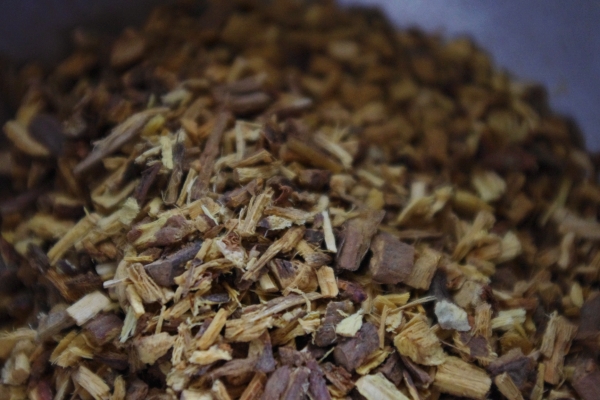And you thought that was Vitamin C?
As with most modern things, what you see is rarely what you get. Here is a snippet from a recent Diverse Health Services blog post worth reading:
“In the early twentieth century, investigators began discovering that certain noncaloric elements in food, or vitamins, are required for the proper functioning of the body. Chemists, following the reductionist thinking of the time, assumed that each vitamin was a single chemical compound, and soon the scientists were not just claiming to have identified these single chemicals but were synthesizing and selling them to the public as nutrients.
There was a problem, however. When nutrition researchers compared the effects of synthetic vitamins with vitamins in food, they discovered that the former did not truly duplicate the action of the latter. In fact, synthetic vitamins appeared to cause some rather troubling health effects. But with the upstart investigators no match for the powerful pharmaceutical companies profiting from synthetic vitamins, this truth was effectively withheld from the public.
Dr. Royal Lee illustrates the profound differences between synthetic and natural vitamins by comparing the single chemical ascorbic acid—what is commonly considered vitamin C today—and natural vitamin C, a synergistic complex of compounds that includes not just ascorbic acid but assorted bioflavonoids, vitamin K, and tyrosinase, an enzyme so critical to adrenal health that it was declared the “active principle” of vitamin C by the country’s top endocrinologist at the time. Over half a century later, Dr. Lee’s words are still as revolutionary as they are illuminating:
OK, natural vs. synthetic. Let’s start with Vitamin C. Most sources equate vitamin C with ascorbic acid, as though they were the same thing. They’re not. Ascorbic acid is an isolate, a fraction, a distillate of naturally occurring vitamin C. In addition to ascorbic acid, vitamin C must include rutin, bioflavonoids, Factor K, Factor J, Factor P, Tyrosinase, Ascorbinogen, and other components as shown in the figure below… read more.




Because I am so allergic to citrus fruit, my mother began making me tea from pine needles. She said that her grandmother added pine needles in everyone’s spring tonic. I’ve continued the practice. Pine needles contain more vitamin c than a lemon and you can boil it or let it seep in hot water. I make a quart jar or two every week or so and keep it in the refrigerator and add it to my midday tea. I see it function instead of adding a lemon.
Brilliant. I do not remember what rutin is. I never heard of factor K,J,or P, tyrosinase or asc-any other of these things. So fun to read and learn.